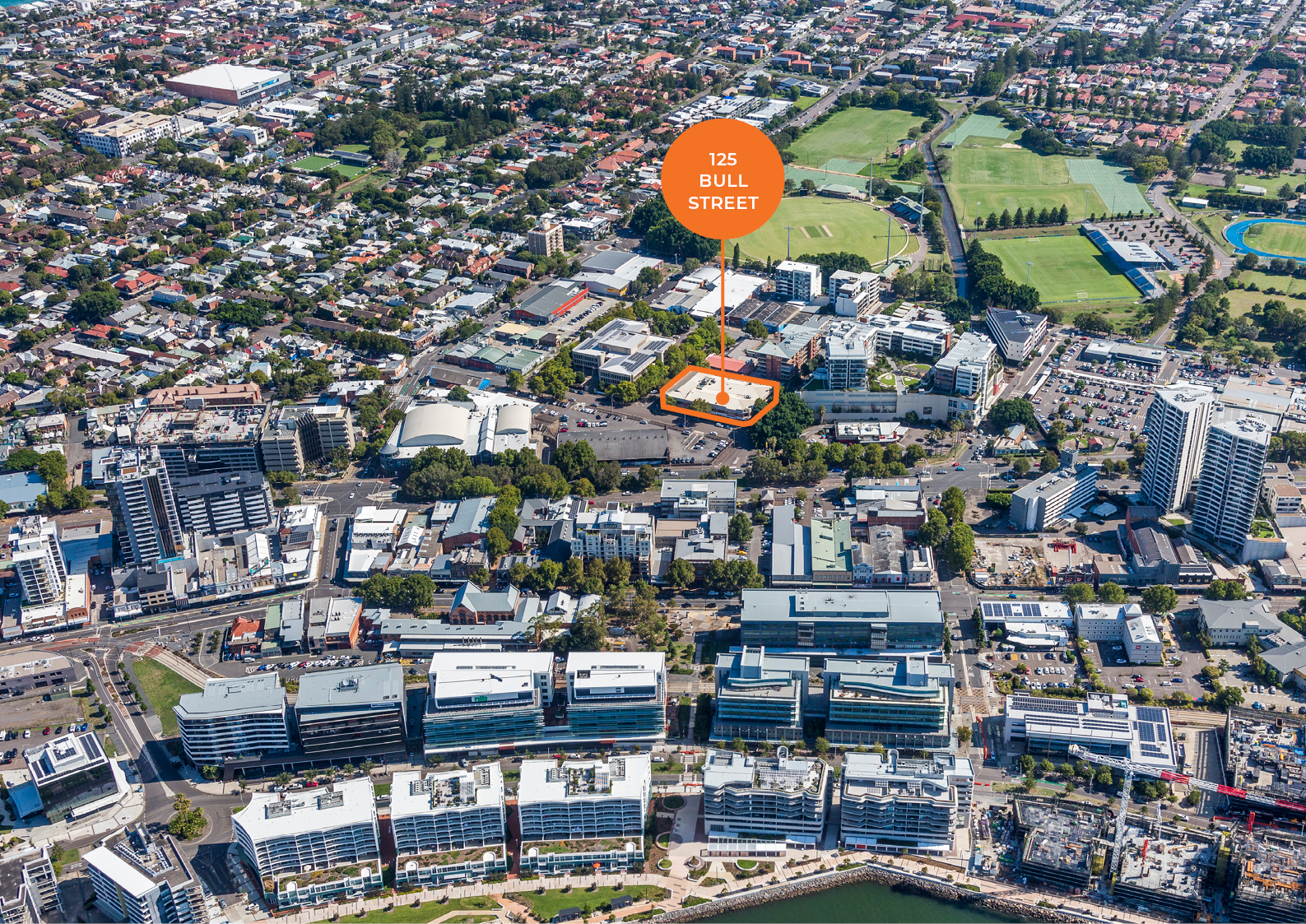
Key considerations for savvy commercial property investors
Commercial and industrial property investment has been gaining significant traction among investors seeking stable returns and portfolio diversification. Unlike residential real estate, commercial properties typically involve businesses as tenants, offering the potential for longer lease agreements, higher rental yields, and less hands-on property management. However, investing in these sectors requires a deep understanding of several key factors that influence the profitability and sustainability of the investment.
Understanding what makes a stable investment
-
WALE (Weighted Average Lease Expiry):
WALE is a crucial metric for commercial property investors, representing the average time remaining on all lease agreements across a property. A higher WALE indicates a lower vacancy risk and steady rental income, making properties with long-term leases attractive for those seeking stability. Conversely, properties with a lower WALE may offer more opportunities to renegotiate leases or introduce new tenants, which can be advantageous for investors looking to increase rent or reposition the asset.
-
Net Income:
Net income is the total income generated by the property after deducting all operational expenses. Investors should carefully analyse this figure, as it provides a clear picture of the property's profitability. Key expenses to consider include maintenance, property management fees, insurance, and taxes. Net income is often used to calculate the return on investment (ROI) and cap rate, helping investors assess the performance of the asset.
-
Lease Types (Single Net, Double Net, Triple Net):
Commercial property leases typically fall into one of three categories:
-Single Net Lease: The tenant is responsible for paying property taxes, while the landlord covers all other expenses such as insurance and maintenance.
- Double Net Lease: The tenant pays property taxes and insurance premiums, while the landlord remains responsible for maintenance and structural repairs.
- Triple Net Lease: The tenant covers property taxes, insurance, and maintenance, effectively reducing the landlord's operating costs. This is a popular lease type among investors seeking a hands-off investment, as it shifts most of the property-related costs to the tenant.
A Triple Net Lease is generally the most advantageous for investors as it is the tenant that covers the majority of the property’s expenses therefore reducing the landlord’s operating expenses. This structure provides a more predictable and stable income stream for the investor, with minimal management responsibilities. However, these types of leases are generally only available on larger commercial properties that attract larger organisations and are less common for smaller properties.
-
Demographics and Work Industries in the Area
It's essential to assess the area's demographics and economic base before investing in a commercial or industrial property. Look for locations with a strong population growth, high employment rates, and industries that align with the type of property you're considering. For example, industrial properties may perform better in areas with a strong manufacturing base or a growing demand for logistics and warehousing due to e-commerce expansion.
In commercial real estate, proximity to business hubs, retail districts, and transport links can significantly impact a property's desirability from tenants. A growing urban population, supported by thriving industries such as technology, healthcare, or finance, can lead to increased demand for office space, retail outlets, and mixed-use developments.
Look for Upside Potential in Commercial and Industrial Investments
While stability is an attractive feature of commercial property investments, identifying upside potential can lead to even greater returns. Here are some ways investors can unlock value:
-
Rent Reviews:
One of the primary methods to enhance income from a commercial property is through rent reviews. Leases often include provisions for market reviews, where rent is adjusted to reflect current market conditions. This can occur at predetermined intervals or upon lease renewal. Ensuring your property is leased at market rates, or with escalations built into the lease, can significantly improve cash flow over time.
-
Property Development:
Certain commercial and industrial properties offer opportunities for further development. This could mean expanding the property to increase leasable space or upgrading the facility to attract higher-paying tenants. Investors should check zoning laws and development restrictions to understand the full potential of a property as part of their due diligence.
-
Mixed-Use Opportunities:
Depending on the zoning, some properties offer the potential for mixed-use development, allowing for the combination of residential, retail, office, or industrial use. This is particularly attractive in urban or gentrifying areas where demand for multi-functional spaces is growing. Mixed-use developments can diversify income streams and mitigate risks associated with single-use properties, especially in changing market conditions.
Commercial and industrial property investment can be a profitable avenue for investors seeking stable, long-term returns. However, it's vital to understand key concepts such as WALE, lease structures, and the demographics of the area before making a decision. Additionally, identifying potential upside opportunities—whether through rental increases, property development, or zoning flexibility—can further enhance the value of your investment. By carefully considering these factors, investors can build a resilient and profitable portfolio in the commercial and industrial real estate sectors. Visit the investments tab in our property search to see investments currently available.





